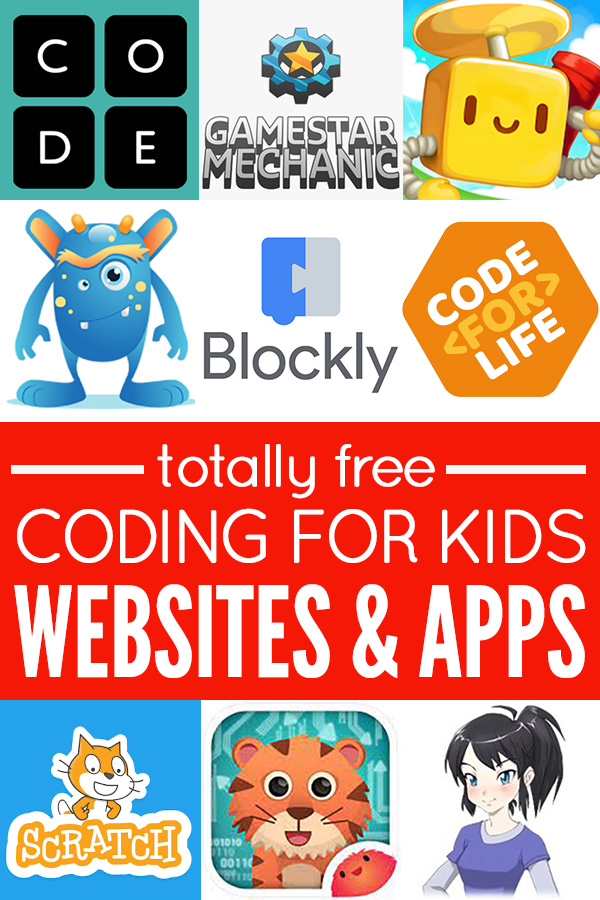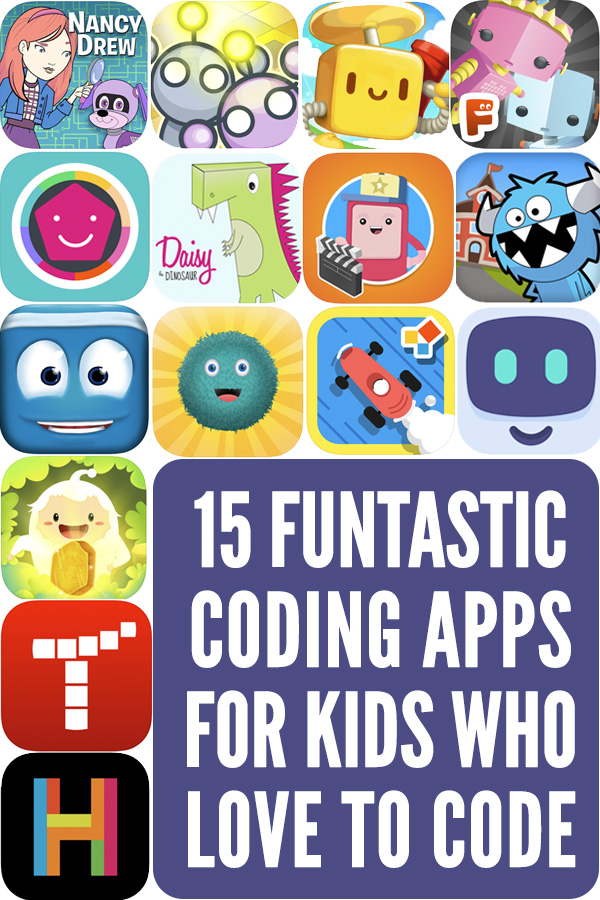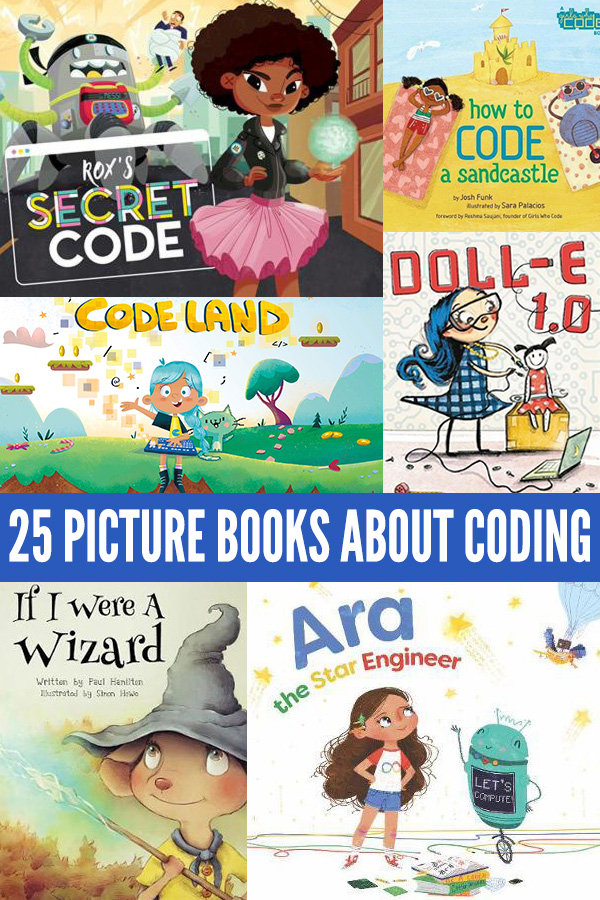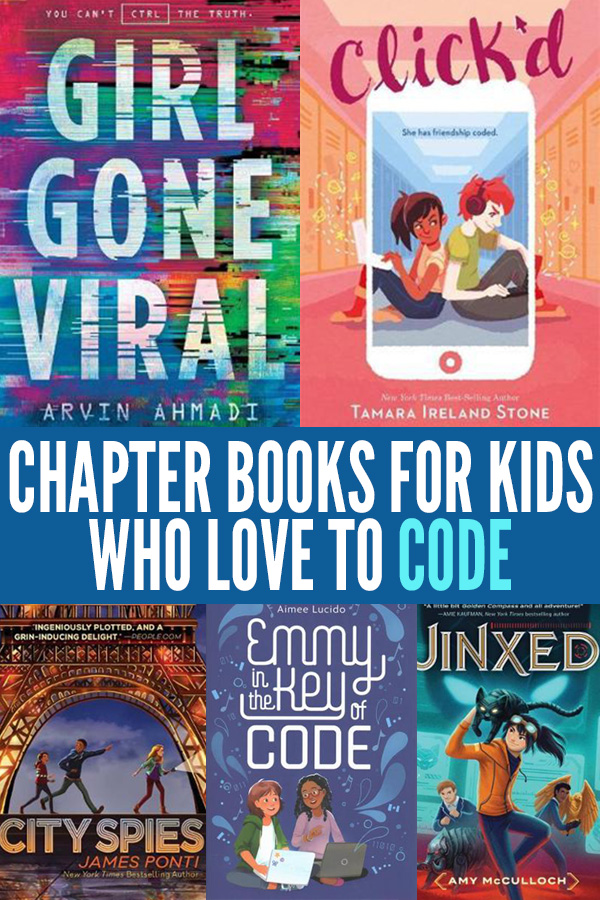Get kids started with programming with this great collection of block coding websites, including coding website suggestions for students ages 5-15+ years.
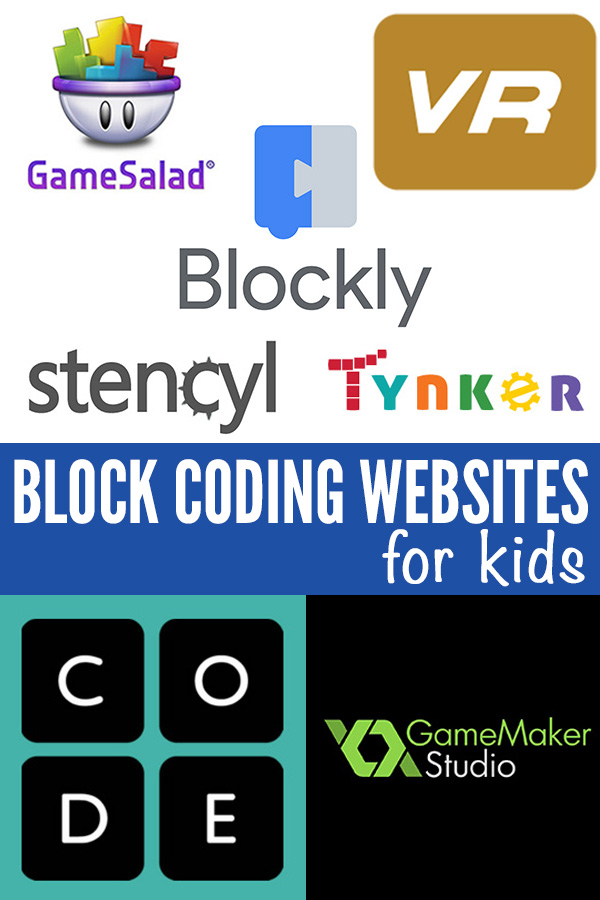
9 Block Coding Websites for Kids
RELATED: Just starting out with coding, be sure to check out our introductory Coding for Kids post which includes our pick of the 18 best coding websites for kids.
What is block coding?
Block coding (sometimes referred to as block-based or visual coding) simplifies coding, making it great for beginners. Coders insert a ‘block’ of code by dragging and dropping it into their project. These blocks are generally supported by simple visuals that help the coding student make the correct choice for the specific application they are working on. Each ‘block’ of code inserts an instruction (or series of instructions) into the project being coded. These blocks of code tell the program what to do.
Why choose block coding for kids?
Block coding makes programming more accessible for children with little or no coding experience. It is less intimidating than text-based programming and coders with little experience are less likely to make mistakes, these can occur easily when working with text-based coding – where even the smallest mis-type can result in the coded project failing.
Through using the visual coding tools found in this collection of block coding websites, children can develop understanding of how coding works – generally in the context of fun game development or digital animation. Many of these tools also expose children to the computational thinking that’s important for successful coding.
Here are our suggestions for nine great block coding websites to get kids started with coding.
1. Code.Org 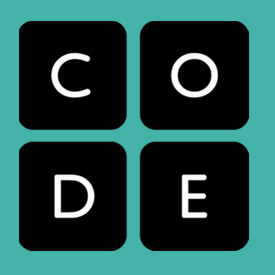
Format: Online Ages: 5+ years Cost: Free
Code.org is the original home of the popular Hour of Code for student coders all over the world. It includes interactive tutorials and fun projects sorted for grades K-5 and 6-12. The site starts students off with block coding before moving into Javascript, HTML and CSS.
A fantastic resource is awesome for learning to code at home or in the classroom.
Click through to learn more about code.org.
2. Scratch & Scratch Jr 
Format: Online, app Ages: 5/8+ years Cost: Free
Developed for kids aged 8-16 years, Scratch is an intuitive block coding website that empowers kids to code almost anything they can dream up. With Scratch, coders can program interactive stories, games, and animations — and share their creations with others in the supportive online community.
Younger children can learn too with Scratch Jr, created for 5-7 year olds.
Scratch is free to use for all coders, and schools can access the tools license-free.
Click through to get started with Scratch.
3. Blockly 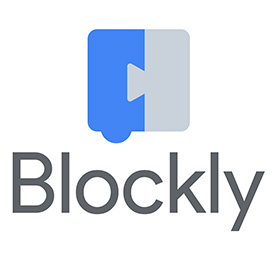
Format: Online Ages: 8+ years Cost: Free
Blockly teaches coding through a series of progressively more difficult puzzles that kids can solve using the intuitive block programming tools. Kids need to drag and drop the blocks of code to solve each specific challenge.
Blockly is great for children who have not had prior experience with computer programming. Children need to be able to read independently to progress through the lessons without adult assistance. Younger children are able to use Blockly safely with adult guidance.
Click through to give Blockly a go.

Format: Online, lessons Ages: 7+ years Cost: Free
Designed for use with students in elementary/primary school through to high school, Code for Life uses Blockly in the early levels (moving later to Python coding language) to teach coders across a diverse range of topics – from basic coding principles through to coding through game play.
The site includes comprehensive lesson plans as an additional resource for teachers.
Learn more at Code for Life.

Format: Online, app Ages: 8+ years Cost: Free & paid
Popular with schools all over the world, Tynker teaches coding through a series of comprehensive, step-by-step tutorials. Once they have moved through the tutorials, students can create their own puzzles, games, websites and apps. The block coding area of the Tynker website is free for use.
The site includes free programs for teachers, as well as a comprehensive paid coding curriculum.
Check out Tynker for some fun online coding fun.
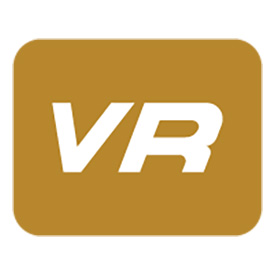
Format: Online Ages: 9+ years Cost: Free
In VEXcode VR students code a virtual robot through a series of different 3D virtual playgrounds, including a walled maze, an art canvas and a grid world. A series of challenges, designed by educators, provide excellent challenges for students. VEXcode VR includes three code language options – block coding, blocks + text and text based coding with Python. A web based tool, VEXcode VR will work in desktop or tablet browsers.
Try block coding with VEXcode VR.
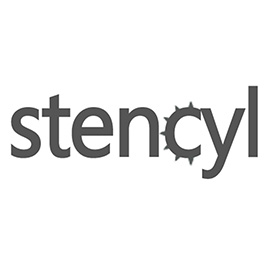
Format: Online Ages: 10+ years Cost: Free & paid
Stencyl is a block coding website with turbo boosted capabilities! Users can create games to be published across a variety of platforms using the simple block coding language of Stencyl.
The site includes tutorials and an extensive range of helpful resources, including an Education Kit for schools.
Try Stencyl for free at stencyl.com. Paid upgrades offer more game sharing options for those who wish to publish their completed games, and educational licenses for schools.
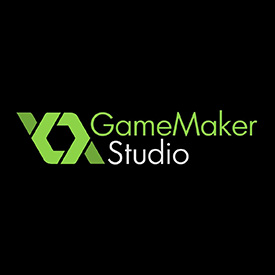
Format: Online Ages: 12+ years Cost: Free & paid
GameMaker Studio is a great visual programming site for creating online games for those with minimal coding skills (with script based coding an option for experienced users), making it a great extension for students wanting more from block coding websites such as Scratch.
The site includes valuable tutorials and demonstrations, showing students how games are created, and how all of the various moving parts that go into making a game come together, though some limitation exists in the free, trial version of the game.
Click here to get started with GameMaker Studio.
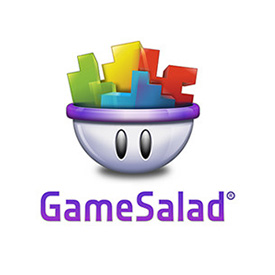
Format: Online Ages: 12+ years Cost: Free & paid
A more advanced platform than Scratch or Hopscotch, Game Salad is an engaging tool for involving older students in coding – the block coding platform especially useful for those less confident with coding. Kids can create their own games by dragging and dropping game elements into their workspace before adding rules that drive the games functions. This later stage great for supporting game design strategy, alongside persistence and critical thinking.
GameSalad includes an extensive library of curriculum units and tutorials, with a wide range of support options.
Get creating with GameSalad.
UP NEXT:
You just finished reading 9 Block Coding Websites for Kids! Consider leaving a comment!
Thank you for subscribing to Childhood 101, why not pop over to the blog to really see what's new, subscribe to our newsletter or to share this post with your friends.
The post 9 Block Coding Websites for Kids appeared first on Childhood101.


